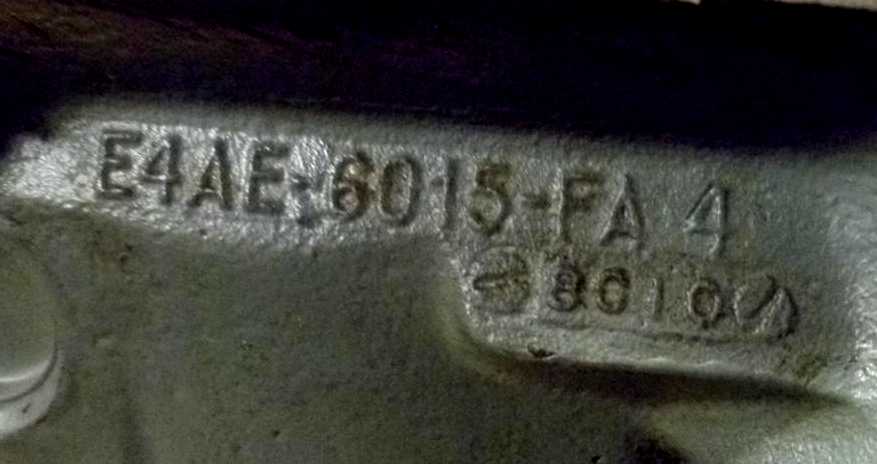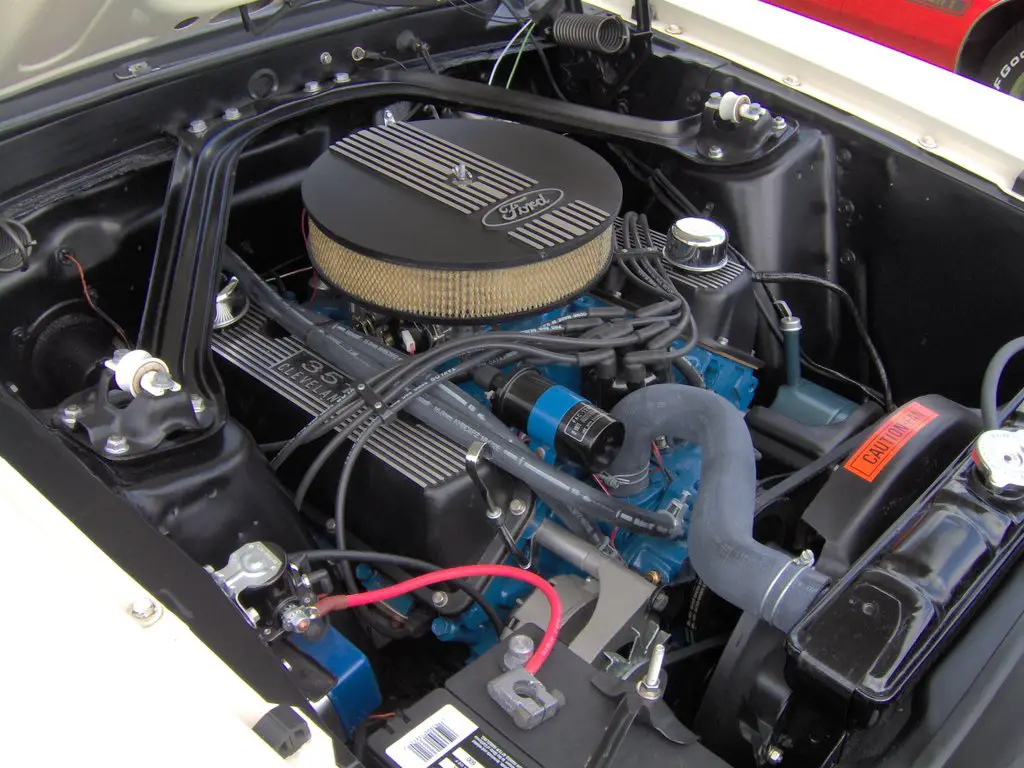Ford 5.0 engines can be identified by their casting numbers, valve covers, intake manifolds, and firing orders. Key differences distinguish standard, HO, and Coyote versions, with features like GT40 heads or EFI systems aiding in recognition.
The Ford 5.0 engine, also known as the 302 cubic-inch V8, holds a legendary status in automotive history due to its widespread use, reliability, and performance potential. This engine has been a cornerstone of Ford’s lineup, appearing in numerous models from the 1960s to the modern day. Identifying a Ford 5.0 engine can be challenging due to the many variations produced over decades, each with unique features, applications, and designations.
In this blog, we will explore the methods for identifying a Ford 5.0 engine, including decoding casting numbers, understanding visual differences, and recognizing key changes across generations. We’ll also address common questions to help enthusiasts, restorers, and mechanics confidently identify these engines.

Contents
History of the Ford 5.0 Engine
The Ford 5.0 engine debuted in the 1968 model year as the 302 Windsor, part of Ford’s small-block V8 family. Over the years, it evolved through several generations:
- First Generation (1968–1974): Used in cars like the Ford Mustang, Torino, and Mercury Cougar. These early versions were carbureted and known for their simplicity.
- Second Generation (1975–1985): Introduced emissions control systems and electronic feedback carburetors to meet regulations.
- Third Generation (1986–1995): The introduction of fuel injection (EFI) and the “High Output” (HO) variant, commonly found in Fox Body Mustangs.
- Coyote 5.0 (2011–Present): A modern iteration with dual overhead cams (DOHC) and advanced technology, used in the Ford Mustang and F-150.
Ford 5.0 Engine Identification
Identifying a Ford 5.0 engine requires examining several key features, including the engine block, casting numbers, and other characteristics unique to the engine model and year of production. Here’s how you can identify a Ford 5.0 engine:
1. Locate the Engine Casting Number
The casting number is the most reliable way to identify a Ford 5.0 engine. Found on the engine block, this alphanumeric code provides details about the engine’s production date, application, and engineering revisions.
- Location:
- Early 302 blocks: Rear of the engine, near the starter motor.
- Later 5.0 blocks: Near the oil filter adapter or on the side of the block.
- Decoding Casting Numbers:
Ford casting numbers typically follow this format:
[Prefix] [Part Type] [Revision Code]
Example: D1OE-6015-AA- D1: Decade and year (D = 1970s, 1 = 1971)
- OE: Model line (O = Fairlane, E = Engine)
- 6015: Part type (6015 = Engine block)
- AA: Revision code
2. Observe Visual Features
Visual differences between 5.0 engines can help identify the specific generation or variant.
- Valve Covers:
- Early carbureted engines often had stamped steel valve covers.
- EFI models (1986–1995) feature taller valve covers to accommodate rocker arms and fuel rails.
- Coyote engines have distinctly modern, wide valve covers.
- Intake Manifolds:
- Carbureted engines have a flat intake manifold with a carburetor mount.
- EFI engines use a tubular or box-style intake plenum.
- Timing Cover and Water Pump:
The design and location of the timing cover, as well as the water pump, can vary by model year.
3. Cylinder Head Identification
Cylinder heads on 5.0 engines provide further clues:
- 1968–1974: Early 302 Windsor heads feature a smaller combustion chamber for higher compression.
- 1975–1985: Lower compression heads with emissions control provisions.
- 1986–1995 (HO models): The E7TE and GT40/GT40P heads are common. Look for “GT40” cast markings near the valve springs.
- Coyote 5.0: Modern heads are wide and distinct, featuring dual overhead cams (DOHC).
4. Check the Firing Order
Ford 5.0 engines have two main firing orders, depending on the variant:
- Standard 302: 1-5-4-2-6-3-7-8
- High Output (HO): 1-3-7-2-6-5-4-8
The HO firing order was adopted from the Ford 351 Windsor for improved performance and reduced stress on the crankshaft.
5. Identify the Fuel Delivery System
The method of fuel delivery can also narrow down the engine’s generation:
- Carbureted (1968–1985): Includes traditional carburetors.
- EFI (1986–1995): Features electronic fuel injection with a throttle body or mass air system.
- Direct Injection (Coyote 5.0): Includes advanced fuel injection technology.

Distinguishing Between a 5.0 and a 351 Windsor
The Ford 302 (5.0) and 351 Windsor share similarities but have distinct differences:
- Deck Height: The 351 Windsor has a taller deck height.
- Intake Manifold Width: The 351 Windsor has a wider intake manifold.
- Engine Displacement Stamping: The 351 block is often stamped with “351” near the casting number.
Applications of the Ford 5.0 Engine
The Ford 5.0 has been used in various models, including:
- Mustang (1968–1995, 2011–Present): Performance-oriented versions like the 5.0 HO and Coyote.
- F-Series Trucks (1968–1996): Rugged and reliable versions tailored for towing and utility.
- Mercury Models: Cougars and Capris featured the 5.0 in performance trims.
Frequently Asked Questions
Here are some FAQs about Ford 5.0 engine identification –
1. Where is the casting number on a Ford 5.0 engine?
The casting number is typically located on the driver’s side of the engine block near the starter motor or the oil filter adapter, depending on the model year.
2. How can I tell if my Ford 5.0 is an HO (High Output) version?
Check the firing order (1-3-7-2-6-5-4-8 for HO) and look for “HO” markings on the intake manifold or cylinder heads. HO engines also often have specific head types like the E7TE or GT40 series.
3. What’s the difference between the 302 and the Coyote 5.0?
The 302 is a traditional pushrod V8, while the Coyote 5.0 is a modern DOHC V8 with advanced technologies like variable valve timing and direct fuel injection.
4. Can I install Coyote 5.0 heads on an older 302 block?
No, the Coyote heads are not compatible with the 302 block due to fundamental design differences, including bore spacing and valvetrain layout.
5. What tools are needed to identify a Ford 5.0 engine?
Basic tools like a flashlight, a caliper for measurements, and access to casting number guides or engine manuals are essential for accurate identification.
Conclusion
Identifying a Ford 5.0 engine requires careful observation of casting numbers, visual features, and design elements unique to each generation. Whether you’re restoring a classic car or upgrading a modern vehicle, understanding these details is essential for accurate identification and application. With the right tools and knowledge, you can confidently navigate the rich history and variations of the Ford 5.0 engine.